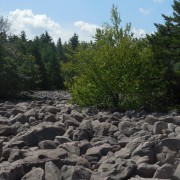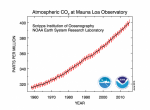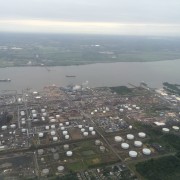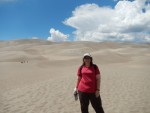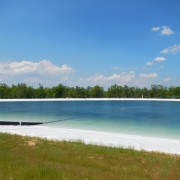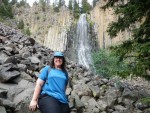PAESTA Podcast Series: Episode 4 - What is a Watershed?
You Asked, We Answered!
Transcript for the podcast
We all live in a watershed – think of it as your ecological address, and no matter where you are on land, any water that falls in that same location has a drainage destination determined by elevation and landforms. A watershed is an area of land where the surface water (including lakes, streams, reservoirs, and wetlands) and the underlying groundwater flows from a higher to lower elevation. Streams and rainfall within a watershed will typically drain to a common outlet, such as the outflow of a reservoir, mouth of a bay, or any point along a stream channel. The word watershed is sometimes used interchangeably with drainage basin or catchment.

